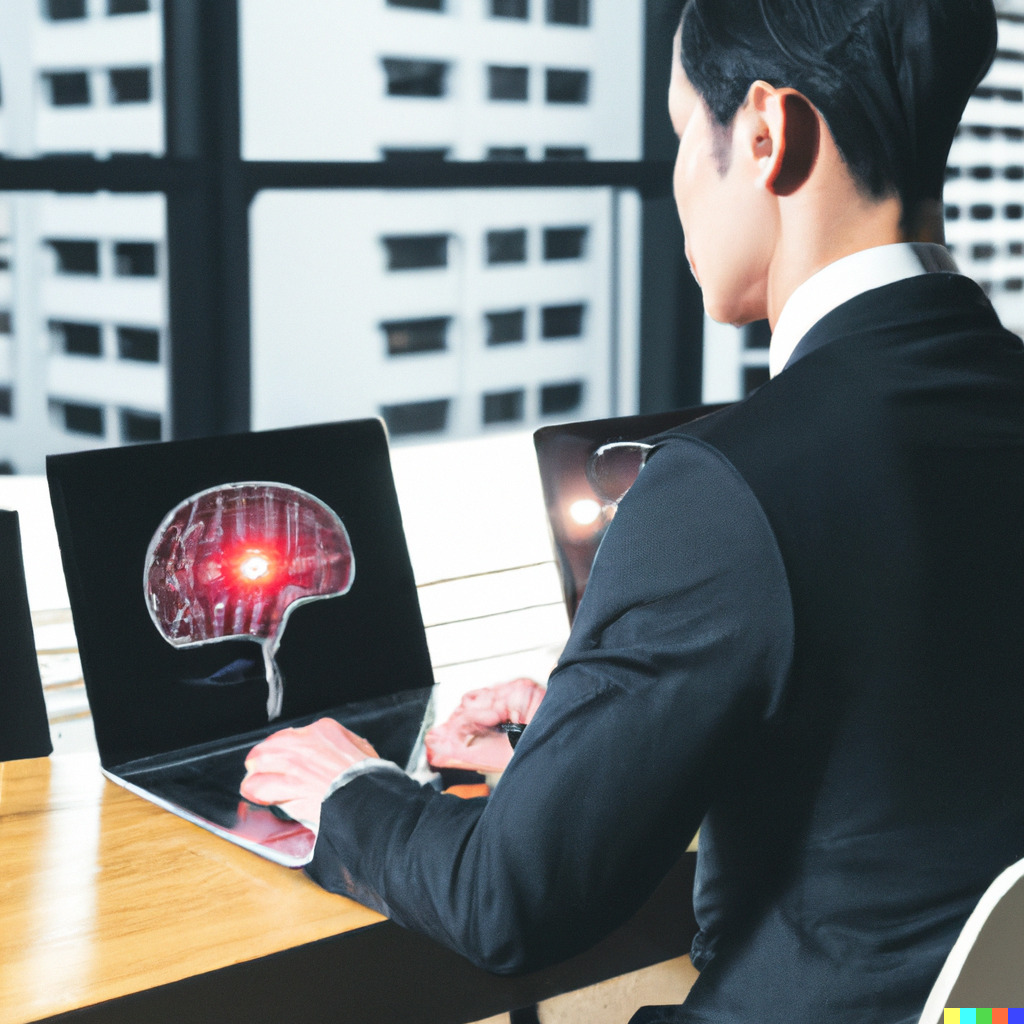
21 May AI Utilization in the Workplace and its Creative Effects
Artificial intelligence has become the paramount technological advancement of our generation, rapidly changing the workplace as we know it.
AI, the utilization of computer systems to perform tasks that typically require human intelligence, is being adopted in many workplaces. This raises the question of the future of employment and roles, workplace culture, and even the future of creative thinking. What happens to our ability to create and be creative, as future workers become increasingly attuned to and reliant on the capabilities of AI?
AI UTILIZATION IN THE WORKPLACE
AI has the potential to automate tasks and produce large amounts of data, sparking concerns about job displacement. It can identify patterns, make predictions, write code, and generate images and videos. AI can be utilized in several industries: repetitive tasks such as data entry and administrative work, customer service and support, data analysis and diagnostics, writing and editing, and graphic and visual design, among others. Its capabilities have raised the question of if there will still be a need and emphasis for human creativity.
Alternatively, AI has the potential to transform job roles, freeing up employees’ time for more intensive tasks and higher value activities that require creativity, critical thinking, and emotional intelligence.
 VALUE OF THE CREATOR
VALUE OF THE CREATOR
Although AI can be utilized to enhance and transform roles in the workplace, those who will excel at maximizing its capabilities are those who are innately creative and those who will embrace learning it as a tool. AI creation requires a prompt. Human experience and perspective create the most authentic, useful outputs. Notable ideas are needed for notable results.
If used to its advantage, the efficiencies created by the use of AI at work can create a balance for creative pursuits in one’s free time. Outside of the workplace, people are utilizing AI to plan gardens, meal plans, workout programs, and create apps and games. One social media creator even used Snapchat AI to decide what to do with her entire day. The possibilities for creative outputs are endless, but not limitless.
AI as a tool will be the leading innovator in most industries, however, it will only ever follow the rules of what it’s been taught. The human creativity behind the prompt is what will feed the innovation. Creativity was already important in the workplace – it is creativity that has historically driven innovation. Artists and creative individuals can get the most from AI as a tool by leaning into its capabilities.
As AI advances further into the workplace, there is a need to lean harder into fostering creativity in individuals. Point of view is important when considering creative outputs generated by AI. Recently, an AI user fed a chatbot a U.S. music artist’s lyrics to generate a song and after, that artist equated it to “consuming art that has no expression behind it.” The data that produced that song could have been entered with out point of view, but it was the creative interest that initiated the idea.
 The Future of AI and Work
The Future of AI and Work
Not only can AI provide efficiencies for the workplace, but there are additional challenges to consider even past job displacement. OpenAI’s CEO, Sam Altman recently gave testimony to the U.S. Congress calling for regulations. Tech is frequently regulated, and AI’s potential makes it necessary to be regulated as well. Regulations could include privacy laws — what are companies training their chatbots to produce, copyright laws — protecting the creator, and overall protections for the general public. If regulations come about, concerns about job displacement and replacement could become less of a concern.
It is crucial for businesses to adapt to the changing landscape as AI continues to evolve, both to remain competitive, and to foster creativity and creative freedom among its workers. AI is rapidly evolving tool, with creative people pushing the boundaries of what it can achieve. Those who embrace it can reap the benefits of both the outputs it produces, and the indirect rewards from time saved by its utilization.


 VALUE OF THE CREATOR
VALUE OF THE CREATOR The Future of AI and Work
The Future of AI and Work